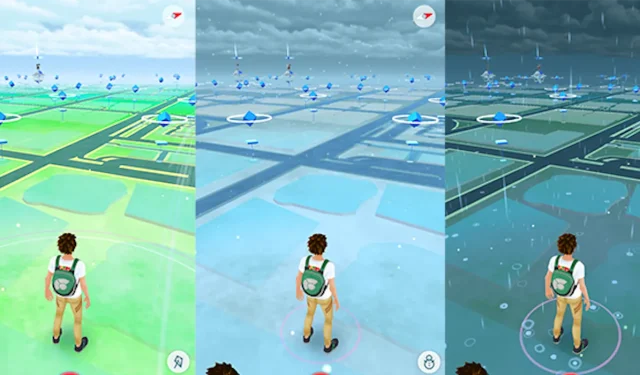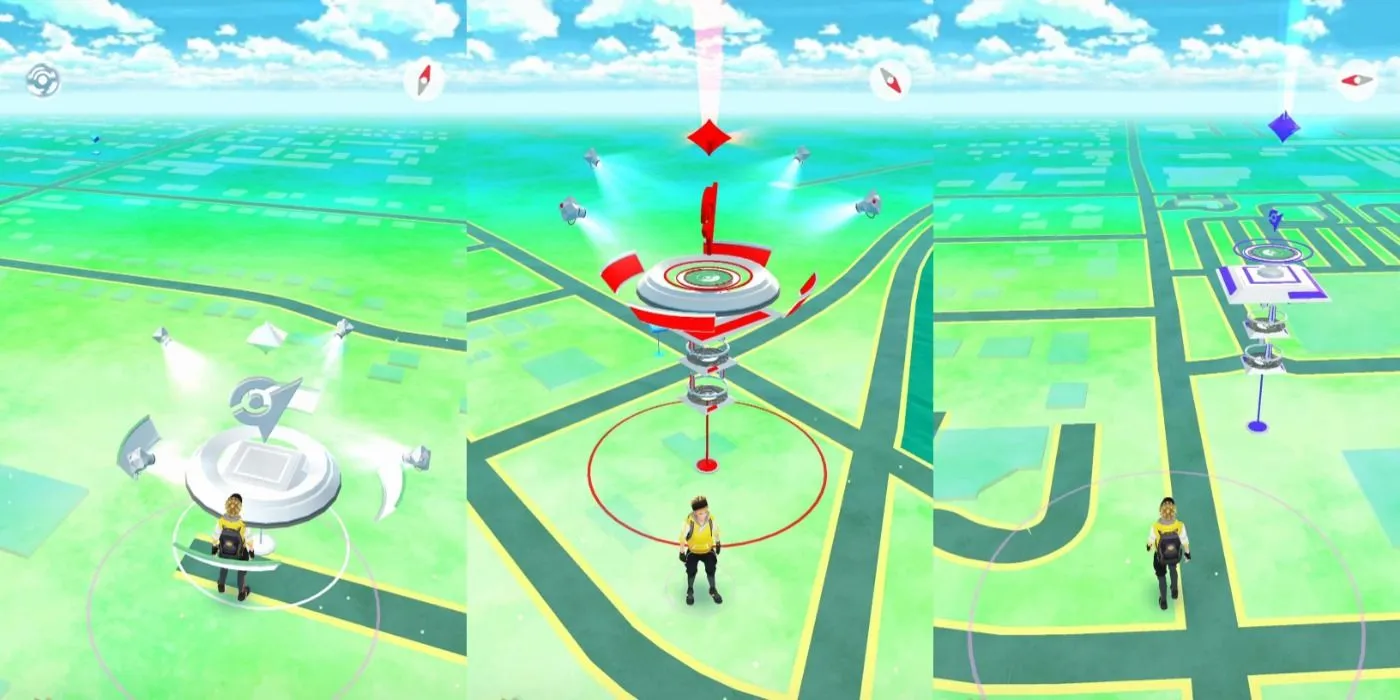
Helga Dis Isfold Sigurdardottir, a Norwegian game researcher, recently underwent a harrowing experience while hiking in Spain. Accompanied by her husband and a friend, they found themselves lost amid a dense forest where the paths were not visible on Google Maps. This predicament stemmed from the fact that Google Maps primarily aggregates data from vehicular traffic, often overlooking lesser-known trails found in nature. In contrast, the Pokémon GO app provides a more detailed mapping system.
As reported by NRK and highlighted on Reddit, Sigurdardottir and her companions wandered through a confusing web of unmarked paths for two hours. In a moment of inspiration, she decided to utilize the Pokémon GO application. To their astonishment, the game’s map displayed accurate trail information that eluded Google Maps. By following the paths prompted by Pokémon GO, they successfully navigated their way back to safety. This advantage arises from the fact that Pokémon GO leverages data from Open Street Map, enriched by user-generated contributions.
Forest Escape Thanks to Pokémon GO Maps
Pokémon GO: A Lifesaver in the Wild



This incident underscores the potential of crowdsourced mapping systems, especially when it comes to navigating off-the-beaten-path areas. The case of Sigurdardottir exemplifies how augmented reality gaming can extend its utility beyond mere entertainment, positioning itself as a viable navigation tool when traditional mapping apps fall short.
Numerous online commenters echoed the sentiment that Pokémon GO can be invaluable for navigation purposes. For instance, a Reddit user known as RealBug56 shared, “I always use PoGo when I’m traveling because it shows tourist attractions better than Google Maps.”This preference highlights the advantages of Pokémon GO in providing detailed pedestrian information. Niantic capitalizes on the significant foot traffic of its user base, similar to how Google Maps benefits from vehicular data.
Our Perspective: Pokémon GO Outshines Google Maps for Pedestrians
A Call for Google Maps to Evolve

Through personal experience, I have observed that Google Maps often lacks the granularity needed to navigate less-frequented hiking trails. Conversely, Pokémon GO was designed primarily for foot traffic, which grants it a superior perspective on paths and trails. The app not only marks essential locations like Pokéstops and Gyms but also provides a clear route to reach them based on paths traversed by other players.
The experience of Sigurdardottir highlights a crucial requirement for mapping applications that cater specifically to pedestrian needs, whether through an update to Google Maps or the emergence of a new alternative. While Pokémon GO is primarily a gaming platform, it should not serve as the main lifeline for navigation in the wilderness. However, the app’s ongoing updates, including features like the Spotlight Hour Schedule for December, are likely to enhance its functionality by encouraging players to explore further.




Leave a Reply